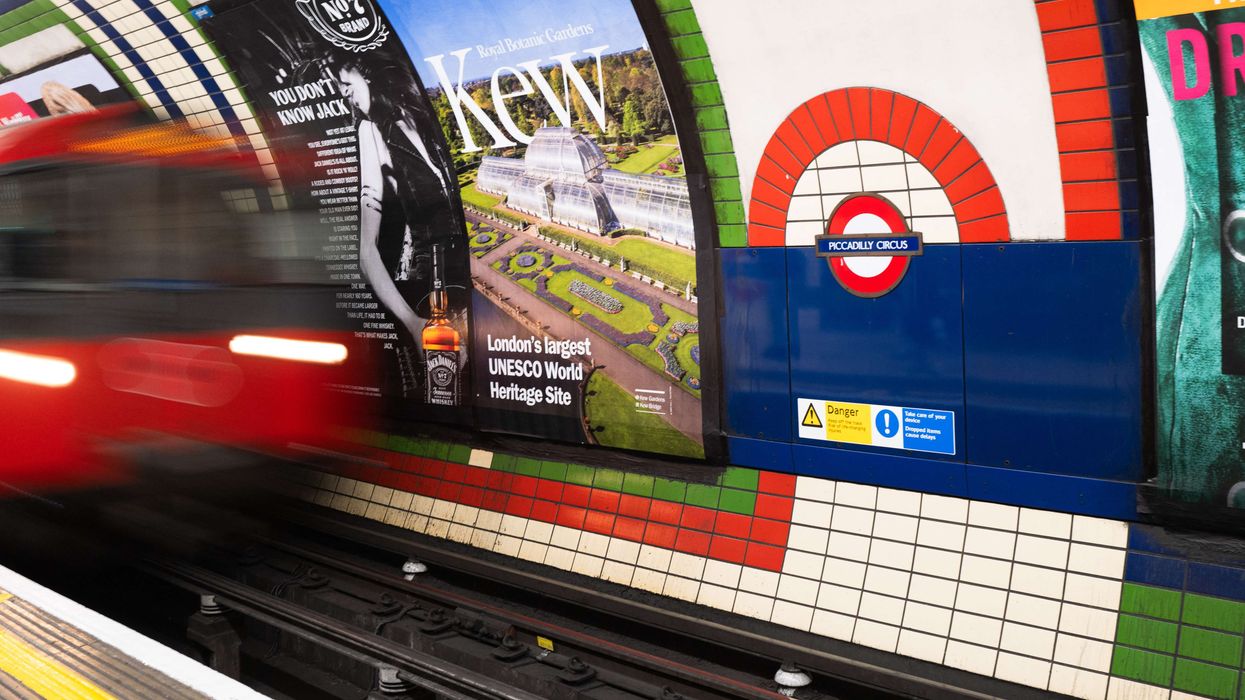HURRICANE FLORENCE is gone, but she left behind floods that have cut off a North Carolina coastal city from the mainland and a death toll of at least 30.
For Pratik Bhakta, owner of four hotels in the Asheville, North Carolina area, the good news is his properties were mostly undamaged.
His business, on the other hand, did suffer.
“We saw a ton of cancellations, people who ordinarily would have booked,” Bhakta said. “They just wanted to avoid the area.”
He estimated that he lost about 50 per cent of the business he would ordinarily have done on the days of the storm. Bhakta said the coastal areas saw the worst damage.
Bhakta worries for his fellow hotelier, Rashmikant Patel, volunteer director of AAHOA’s North Carolina region. He is one of the thousands cut off from their homes in affected areas. “He lives on the coast, on Emerald Isle, North Carolina,” Bhakta said, adding that Patel weathered the storm at his parents’ home in Raleigh, North Carolina, but he has not yet had a chance to contact him.
While Mooresville, North Carolina, hotelier Amit Govindji’s Carolina Inn & Suites saw some evacuees, it was not as many as might be expected. “I think they pushed farther north into Tennessee,” he said.
Florence was the biggest storm since Hurricane Hugo in 1994, but Govindji thinks Florence will top its predecessor due to the increase in population. “Charlotte has doubled in size,” he said.
Jimmy Patel, an owner of hotels in Statesville and Greensboro, North Carolina, said last week his properties were fully booked in advance of the storm by electrical workers and other first responders.
The former AAHOA chairman said many hoteliers were waiting for the storm to pass before learning about the extent of the damage to their properties.
North Carolina attorney general’s office is investigating 500 complaints of price gouging by sellers of gasoline and water, as well as hotels. However, in most cases, hotels either kept rates the same or lowered them for evacuees. At some properties, owners and operators provided free meals and other amenities, such as waiving pet fees.
Hema Patel, co-owner of Courtesy Management in Columbia, South Carolina, met with hotel staff in advance of the storm to go make sure her hotels were stocked with food, water and other supplies and that employees understood rates were not to be raised despite high demand.
Hema’s hotels also lifted their no-pet policies and opened their lobbies to folks seeking respite while travelling.
Ryan Dumas of GRP Capital in Seminole, Florida, created a Facebook page where hoteliers could post if they had rooms available and where people fleeing the storm could make an appeal for information about vacancies. Many Asian-American owners of hotels in the Carolinas, Georgia, Tennessee and Florida posted and continue to post their information.
Last year, Dumas was instrumental in connecting evacuees, emergency management teams and electrical workers with hotels and food and water resources during Hurricane Irma, which devastated parts of Florida.
The situation is the same this time around, Dumas said, as utility providers are seeking blocks of rooms for their line crews. “Linemen are sleeping in their trucks, just like they did last year after Irma,” he said. “They need hotels that can give them 25 to 30 rooms at time. They can restore electricity to those hotels and then move inland from there.”
Most recently, Dumas launched a campaign to raise money for residents displaced by Florence. He said two Asian-American hoteliers donated $500 and $200 and he has used his own money to cover the cost of rooms. Dumas is accepting donations via Venmo with the code Ryan-Dumas-4.
As of September 18, North Carolina officials said 25 residents died in the storm. Six died in South Carolina and one in Virginia, according to the Charlotte Observer. The deaths included drownings, electrocutions and people crushed by trees.
Just south of Emerald Isle, most roads to Wilmington, North Carolina, were blocked by flooding and downed trees, according to the News Observer. One road to the city was open but was needed by emergency crews, said North Carolina transportation secretary Jim Trogdon.
Wilmington Mayor Bill Saffo called on residents to stay calm. “We’re dealing with some very, very tough situations in respect to the impassible roads coming into the city of Wilmington, coming into the county of New Hanover,” Saffo said in a September 17 video announcement. “As the waters recede, things will get better, but I ask you to stay calm.”
North Carolina governor Roy Cooper on September 17 urged residents to stay where they were if they are in a safe area.
“For many parts of North Carolina, the danger is still immediate. Flood waters are rising as rivers crest and will for days,” Cooper said. “I urge if you don’t have to drive, stay off the roads, particularly south of US 64. And don’t drive around barricades on roads.”
South Carolina governor Henry McMaster lifted all evacuation orders for all zones along the South Carolina coast on Monday (17), but the state’s Emergency Management Division urged continued caution.
“Residents should remember the effects of Tropical Depression Florence will continue for days, if not weeks,” the division said. “Local public safety officials manage the entry to previously evacuated communities. Residents should follow the directions provided by the county and local governments to safely return to their homes.”
The North Carolina Disaster Relief Fund has been activated for donations by going to governor.nc.gov or texting FLORENCE to 20222.
Information on volunteering and donations in South Carolina is available at 1-888-585-9643. Volunteers can register at VolunteerSC.org and monetary donations can be made to the One SC fund.











